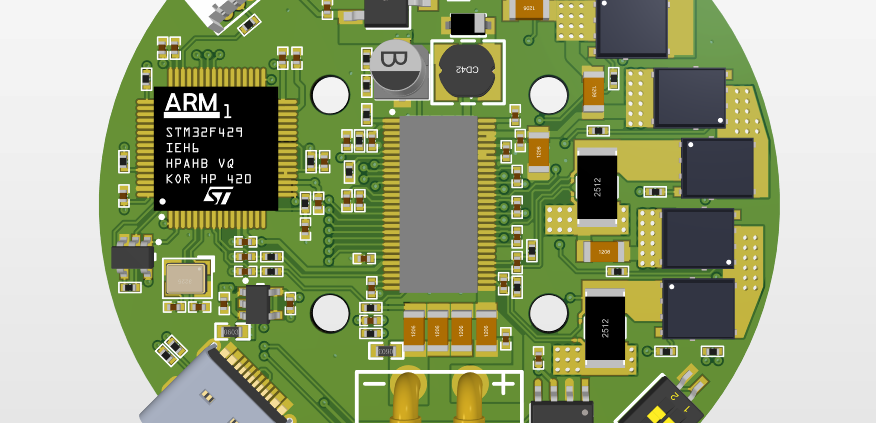Which wiring form is better for PCB design?
In PCB design, adopting appropriate wiring forms has a significant impact on the performance and reliability of the circuit. The following are several common wiring forms, each with its own advantages. Choosing the appropriate form based on specific design requirements will be more conducive to improving circuit performance and reliability.
1. Straight line routing: Straight line routing is the simplest and most common form of routing. It has the advantage of being direct and fast, which can reduce the delay of signal transmission. In circuit design, there are often signal lines that must be connected in a straight line, so using straight line routing can better meet this requirement.
2. 45 degree bend wiring: When it is necessary to introduce or lead the signal line into or out of the board, using a 45 degree bend wiring can reduce the reflection and interference of the signal line. Compared to right angle bending, 45 degree angle bending can better maintain the integrity of the signal.
3. Arc routing: Arc routing can reduce the radiation and crosstalk of signal lines, especially for high-frequency signals. If there are high-frequency signal lines in the design, using arc routing can reduce signal loss and distortion.
4. Node cross routing: In design, it is common to encounter situations where cross signals need to be connected. When cross routing nodes, attention should be paid to the distance between signal lines to prevent signal crosstalk. Interlayer routing, ground cutting, and other methods can be used to reduce signal interference.
5. Hard and flexible wiring: Hard and flexible wiring refers to signal transmission achieved through interlayer connections. It can improve the flexibility and reliability of design. Hard and flexible wiring is widely used in complex high-density circuit design, multi-layer board design, and so on.
6. Top/bottom wiring: In multi-layer board design, the top and bottom wiring can be used for shorter signal transmission paths, thereby reducing interlayer perforation and delay. At the same time, the top/bottom wiring can provide better shielding effect and reduce signal interference.
Although several common wiring forms are listed above, multiple factors need to be considered in actual design to choose the appropriate form. For example, the frequency characteristics of circuits, noise tolerance, power consumption requirements, and process constraints. When wiring, attention should also be paid to the separation between the signal, power supply, and ground wire, and the reasonable use of ground wire shielding technology.
In short, choosing the appropriate wiring form is crucial for the performance and reliability of the circuit. Based on specific design requirements and circuit characteristics, designers should comprehensively consider various factors and choose the optimal wiring form to optimize circuit design.



